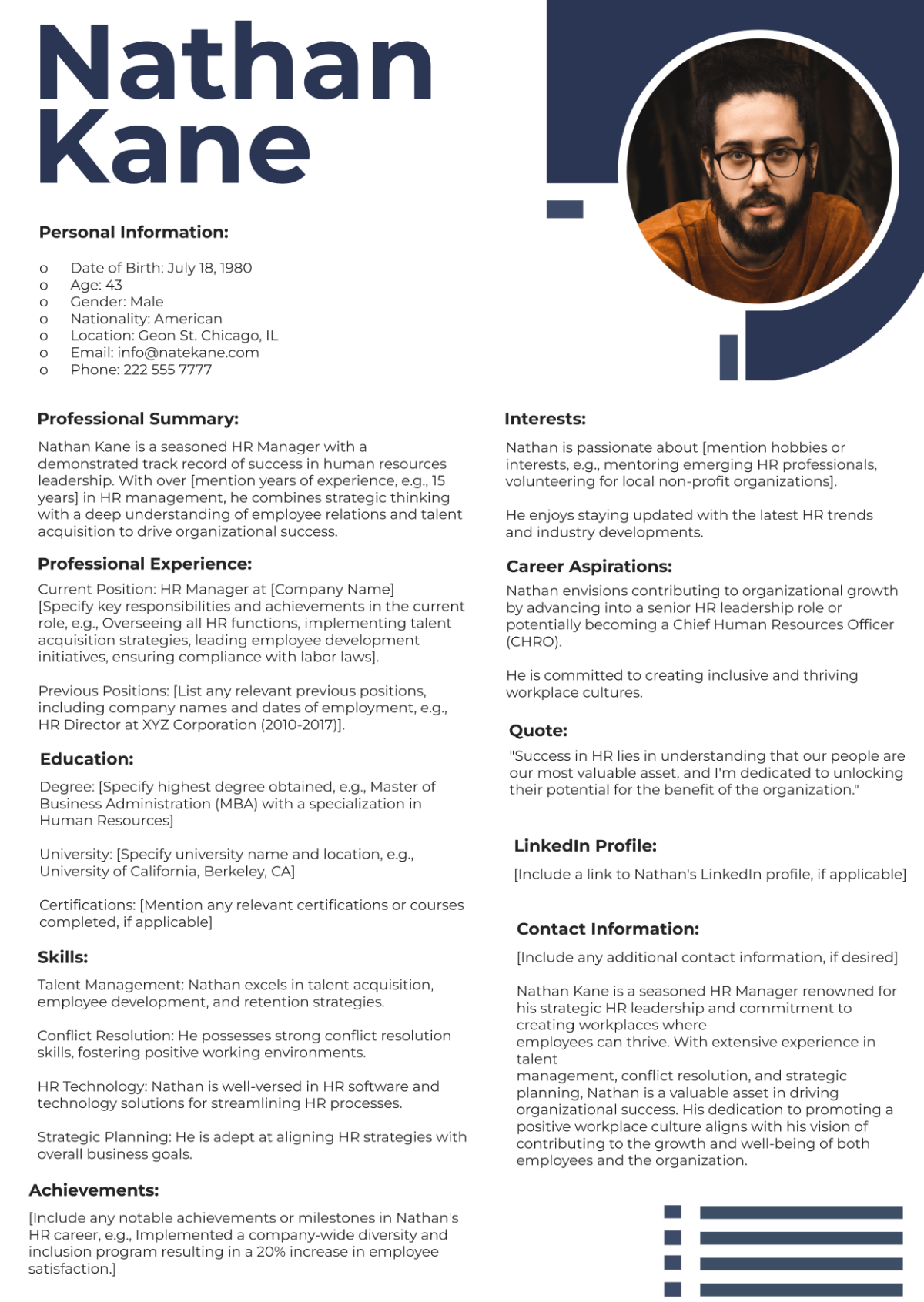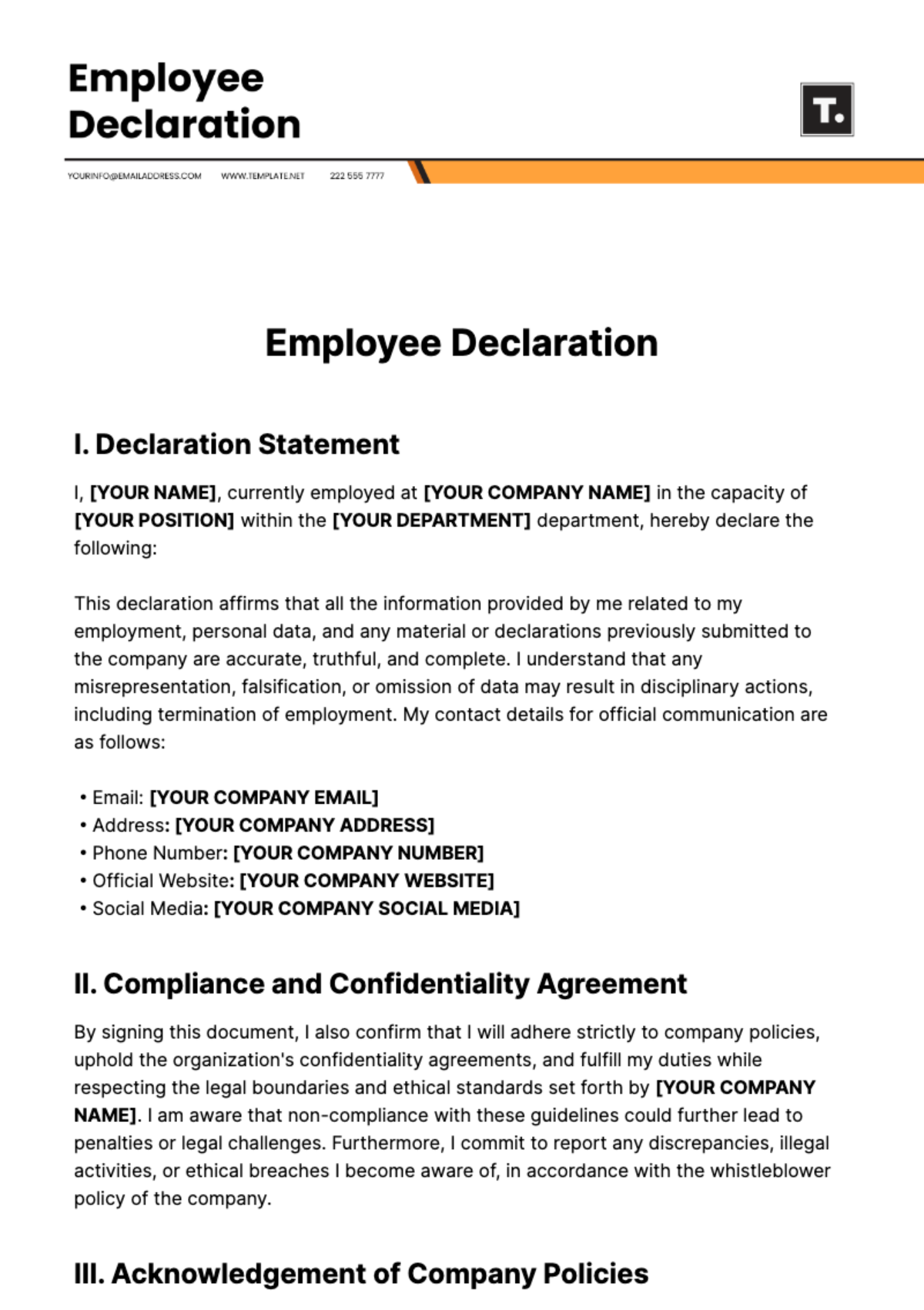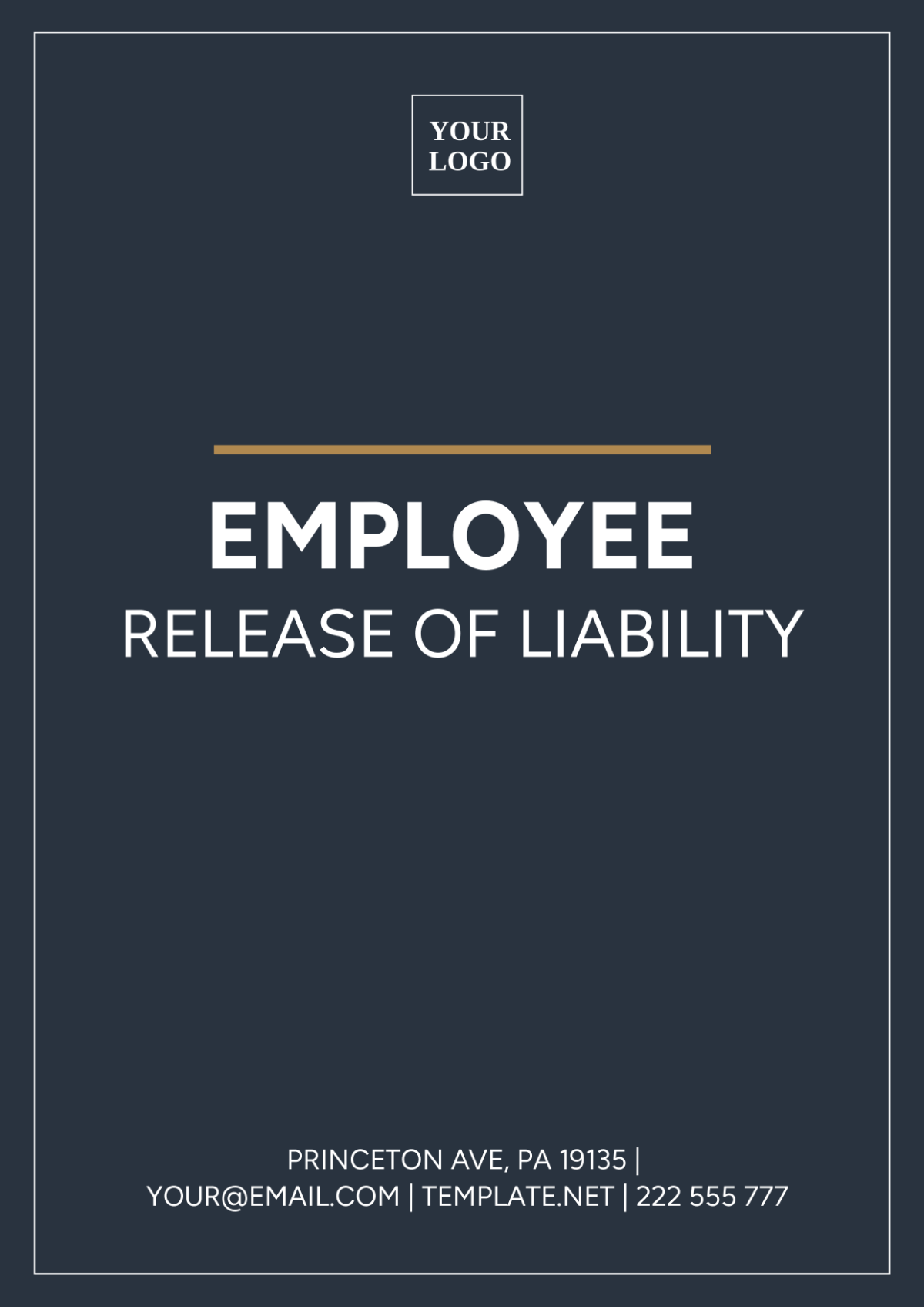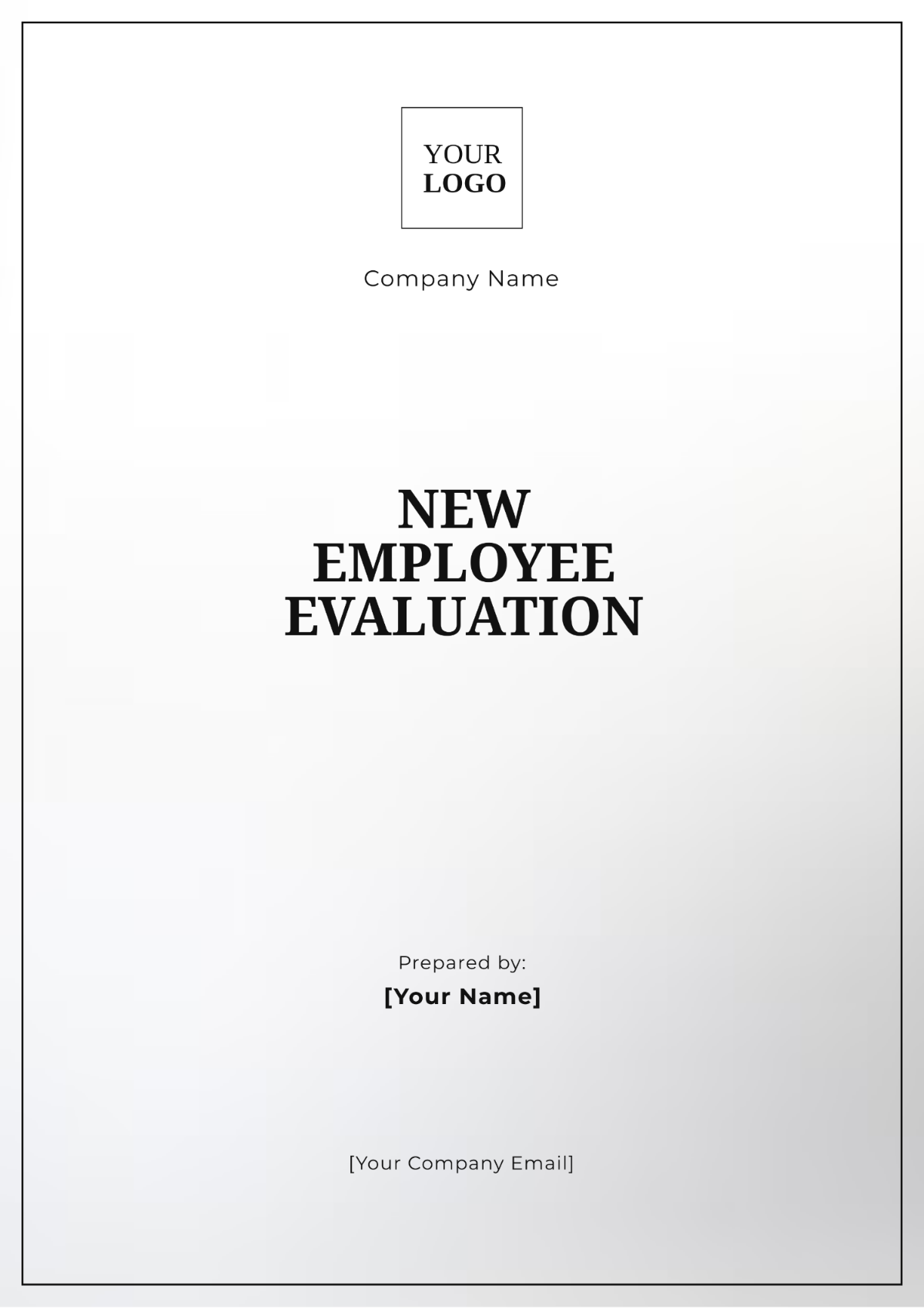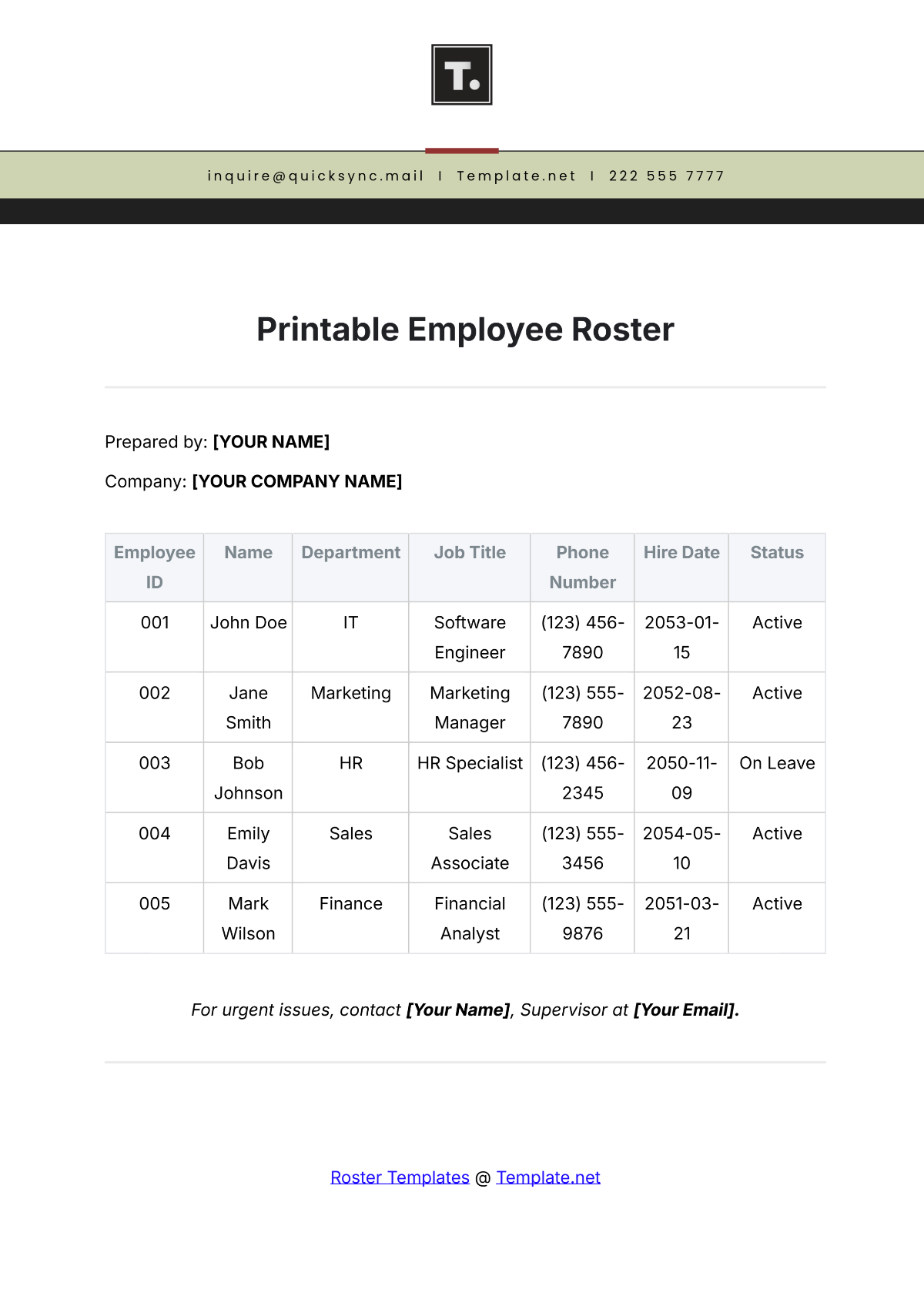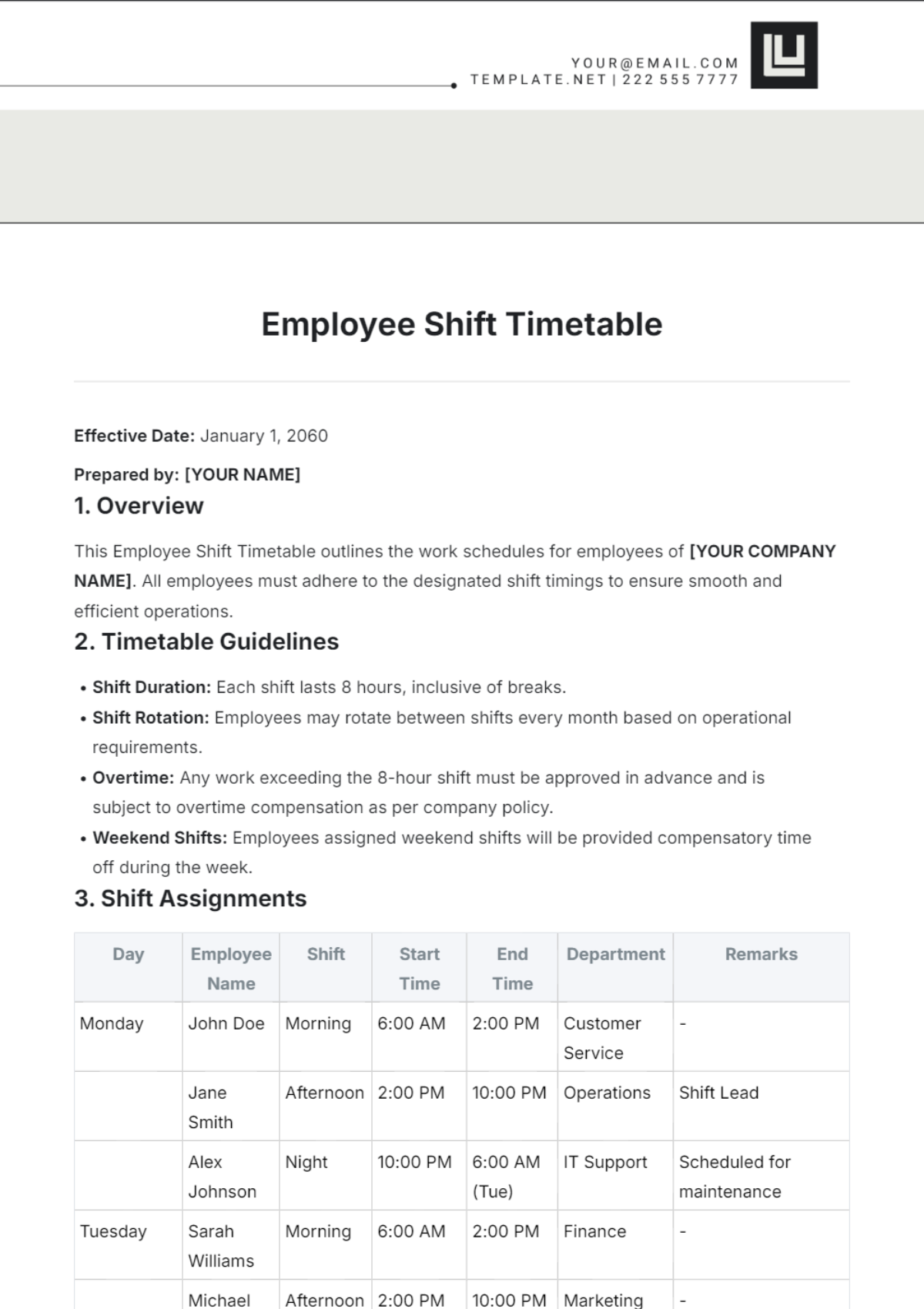Real Estate Employee Offboarding and Exit Interviews Procedure
I. Introduction
This Real Estate Employee Offboarding and Exit Interviews Procedure provides a structured approach for smoothly transitioning employees out of [Your Company Name] while gathering valuable feedback through exit interviews. As part of our commitment to continuous improvement, we value the insights gained from departing employees and use them to enhance our operations and workplace environment. By following this procedure, we ensure a seamless offboarding process that supports both the departing employee and the organization. Thank you for your dedication to [Your Company Name].
II. Notification and Communication
A. Resignation or Termination Notification:
Upon receipt of an employee's resignation or decision for termination, the immediate supervisor or HR department will be notified promptly.
HR will then initiate the offboarding process by notifying the relevant stakeholders, including department heads, IT department, payroll, and facilities management.
B. Employee Notification:
The departing employee will be formally notified of the offboarding process, typically in a face-to-face meeting with their immediate supervisor or HR representative. During this meeting, the departing employee will receive information regarding:
Timeline: Details about their last working day, any remaining accrued leave, and expectations for completing offboarding tasks.
Paperwork: Guidance on the completion of necessary paperwork, including final paycheck details, benefits information, and the return of company property.
Confidentiality: Reminders about maintaining confidentiality regarding company information and procedures during and after the offboarding process.
Support: Information about available resources and support services, such as career counseling or assistance with job searches.
C. Communication Plan:
HR will develop a communication plan to ensure that relevant parties are informed of the employee's departure and any resulting changes in responsibilities or workflow.
This may include notifying clients, vendors, and team members about the employee's departure and providing contact information for their replacement or alternative points of contact.
HR will also ensure that the departing employee's access to company systems, facilities, and communication channels is appropriately managed and terminated as needed.
D. Exit Interview Scheduling:
As part of the notification process, the departing employee will be informed about scheduling an exit interview to provide feedback on their experiences and insights for improvement.
E. Documentation:
All communication related to the offboarding process, including notifications, meeting summaries, and completed paperwork, will be documented and maintained in the employee's personnel file for record-keeping and compliance purposes.
F. Feedback Mechanism:
Throughout the offboarding process, HR will encourage open communication and feedback from the departing employee to ensure that their concerns are addressed and their transition is as smooth as possible.
HR will be available to answer any questions or provide additional support as needed, fostering a positive and respectful departure experience for the employee and maintaining the company's reputation as an employer of choice.
III. Exit Interview Scheduling
A. Timing and Logistics:
The exit interview should ideally be scheduled to take place on the departing employee's last day or shortly before it, allowing them to provide feedback while their experiences are still fresh in their mind.
HR or the employee's supervisor will coordinate the scheduling of the exit interview, taking into account both the employee's availability and the availability of the interviewer(s).
B. Confidentiality and Privacy:
The scheduling process will emphasize the confidential nature of the exit interview and ensure that the meeting location provides privacy for the departing employee to freely express their thoughts and feedback.
HR will communicate to the departing employee that the information shared during the exit interview will be kept confidential and used solely for the purpose of improving the organization's practices and policies.
C. Interview Participants:
The exit interview may be conducted by HR personnel, the employee's supervisor, or a combination of both, depending on the organization's structure and preferences.
If appropriate, additional stakeholders such as department heads or team members may be invited to participate in the interview to gain different perspectives on the employee's experiences and feedback.
D. Interview Format and Questions:
HR will prepare a set of standardized questions or a structured interview guide to ensure consistency and thoroughness in gathering feedback from the departing employee.
These questions may cover various aspects of the employee's experience with the organization, including their reasons for leaving, overall satisfaction with their role and the workplace environment, opportunities for improvement, and suggestions for enhancing employee engagement and retention.
E. Flexibility and Accommodation:
HR will strive to accommodate the departing employee's preferences regarding the format and timing of the exit interview, recognizing that individual circumstances may vary.
If the departing employee is unable to attend an in-person interview due to logistical constraints or other reasons, alternative arrangements such as a phone or video conference may be offered to ensure their participation and input.
F. Confirmation and Reminder:
Once the exit interview is scheduled, HR will send a confirmation email or calendar invitation to the departing employee and any other participants, outlining the date, time, location, and agenda for the interview.
A reminder email may be sent closer to the scheduled date to ensure that all parties are prepared and available for the interview, reinforcing the importance of the departing employee's feedback in shaping future improvements within the organization.
G. Follow-Up Procedures:
After the exit interview has been conducted, HR will follow up with the departing employee to express appreciation for their participation and provide any additional support or assistance they may need during their transition.
HR will ensure that the feedback gathered from the exit interview is documented, analyzed, and used to inform organizational initiatives aimed at enhancing employee satisfaction, retention, and overall workplace effectiveness.
IV. Paperwork and Documentation
Provide the departing employee with necessary paperwork to finalize their departure, such as final pay and benefits information, and return of company property.
A. Final Pay and Benefits Information:
Details regarding the calculation of the employee's final paycheck, including any outstanding wages, accrued vacation or sick leave, and bonuses or commissions owed.
Information about the continuation of health insurance coverage through COBRA (Consolidated Omnibus Budget Reconciliation Act) or other applicable options.
Instructions for accessing or updating retirement accounts, such as 401(k) plans or pension benefits, if applicable.
B. Return of Company Property:
Checklist outlining all company property (e.g., laptops, phones, access badges, uniforms) that must be returned by the departing employee.
Procedures for returning company property, including any required paperwork or verification of condition.
Acknowledgment form for the employee to sign confirming the return of all company property and agreeing to any associated charges for lost or damaged items.
C. Confidentiality and Non-Disclosure Agreements:
Reminder of the employee's ongoing obligation to maintain the confidentiality of proprietary information and trade secrets, even after their departure from the company.
Updated or reaffirmed confidentiality and non-disclosure agreements for the employee to review and sign, if applicable, to ensure legal compliance and protection of sensitive company information.
D. Exit Interview Questionnaire or Survey:
Standardized questionnaire or survey form to gather feedback from the departing employee about their experiences working for the organization.
Questions covering various aspects of the employee's tenure, including reasons for leaving, overall satisfaction with the job and workplace environment, suggestions for improvement, and opportunities for professional development.
E. Acknowledgment of Policies and Procedures:
Acknowledgment form for the employee to sign confirming their understanding of and compliance with company policies and procedures, such as code of conduct, harassment prevention, and safety regulations.
Documentation of any outstanding HR-related matters, such as expense reimbursements, outstanding loans, or pending disciplinary actions, that need to be addressed before the employee's departure.
F. Legal and Regulatory Requirements:
Compliance-related documents, such as separation agreements, unemployment insurance forms, and notifications to relevant government agencies (e.g., state labor department) as required by law or regulation.
Guidance on the proper retention and disposal of employee records in accordance with applicable legal requirements and industry standards.
V. Offboarding Tasks
Update Records: HR updates internal systems and deactivates employee access, ensuring accuracy in payroll, benefits, and administrative records while safeguarding company assets.
Notify Departments: HR informs relevant departments about the departure, reassigning tasks and providing contact details for the departing employee's replacement or alternative points of contact to minimize disruptions.
Transfer Responsibilities: Develop a comprehensive plan to transition duties to others, ensuring a smooth handover of ongoing projects, client relationships, and essential job duties to maintain business continuity.
Conduct Exit Interviews: HR schedules and conducts confidential exit interviews with departing employees to gather valuable feedback on their experiences, insights, and suggestions for organizational improvement.
Collect Company Property: Retrieve all company assets, including laptops, phones, keys, and access cards, from the departing employee, following established procedures and documenting the condition of returned items to reconcile any outstanding loans or equipment issued.
Finalize Payroll and Benefits: Ensure accurate calculation and processing of the departing employee's final paycheck, including any accrued wages, unused leave, and bonuses owed, while providing information about benefits continuation options and updating personal details as necessary.
Provide References and Support: Offer departing employees assistance with requests for references, recommendation letters, or other documentation needed for their job search or professional development, along with access to support services such as career counseling and job search assistance to facilitate their transition.
VI. Farewell and Support
Upon an employee's departure, it's essential to offer comprehensive farewell and support initiatives to ensure a smooth transition and maintain positive relationships. Here's how we accomplish this:
Emotional Support:
HR and management are available to provide emotional support and guidance to departing employees during this transitional period.
Encourage open communication and offer a listening ear to address any concerns or anxieties the departing employee may have.
Logistical Assistance:
Provide departing employees with practical assistance, such as guidance on accessing career resources, networking opportunities, or job search strategies.
Offer assistance with administrative tasks related to their departure, such as updating LinkedIn profiles or forwarding mail.
Exit Process Guidance:
Offer clear guidance on the exit process, including the return of company property, completion of paperwork, and finalizing any outstanding tasks or projects.
Ensure departing employees understand their rights and entitlements regarding final pay, benefits continuation, and any other relevant policies.
Access to Resources:
Provide access to resources such as career counseling services, resume workshops, or professional development opportunities to support departing employees in their career transition.
Share information about available employee assistance programs (EAPs) or external support services for personal or emotional support if needed.
Farewell Events:
Organize farewell gatherings or events to celebrate the departing employee's contributions and achievements within the organization.
Provide an opportunity for colleagues to express gratitude, share memories, and bid farewell in a positive and supportive environment.
Stay Connected:
Encourage departing employees to stay connected with the organization through alumni networks, social media, or professional affiliations.
Maintain positive relationships with departing employees to potentially facilitate future collaborations or opportunities for rejoining the organization.
VII. Continuous Improvement
Continuous improvement is vital for enhancing our organization's performance and maintaining a positive work environment. Here's how we approach it:
Feedback Analysis:
Thoroughly analyze feedback gathered from exit interviews, surveys, and other sources to identify trends, patterns, and areas for improvement. Use this feedback to inform decision-making and prioritize initiatives aimed at addressing employee concerns and enhancing overall satisfaction.
Policy and Procedure Review:
Regularly review existing policies, procedures, and practices to ensure alignment with organizational goals and industry best practices. Identify opportunities for streamlining processes, eliminating bottlenecks, and enhancing efficiency to better serve employees and clients.
Training and Development:
Invest in ongoing training and development programs to equip employees with the skills and knowledge needed to succeed in their roles and adapt to changing industry trends. Solicit feedback from employees to identify training needs and preferences, ensuring that training initiatives are relevant and impactful.
Employee Engagement Initiatives:
Implement initiatives to foster a culture of transparency, collaboration, and innovation, encouraging employees to contribute ideas and suggestions for improvement. Recognize and reward employees for their contributions to continuous improvement efforts, reinforcing a culture of continuous learning and growth.
Benchmarking and Best Practices:
Benchmark our organization's performance against industry peers and best practices to identify opportunities for improvement and innovation. Adopt and adapt best practices from other organizations to enhance our processes, policies, and service delivery.
Measurement and Evaluation:
Establish key performance indicators (KPIs) and metrics to monitor progress towards continuous improvement goals. Regularly evaluate performance against these metrics and adjust strategies as needed to ensure continuous progress and success.
VIII. Conclusion
Implementing a thorough offboarding process, including comprehensive communication, documentation, and support measures, is crucial for ensuring a smooth transition for departing employees while gathering valuable feedback to drive continuous improvement within the organization. By prioritizing farewell and support initiatives, analyzing feedback, and striving for ongoing enhancement through policy review, training, and benchmarking, [Your Company Name] aims to foster a culture of excellence, engagement, and innovation. Through these efforts, we strengthen our company's ability to adapt to change, enhance employee satisfaction, and remain competitive in the dynamic real estate industry.







